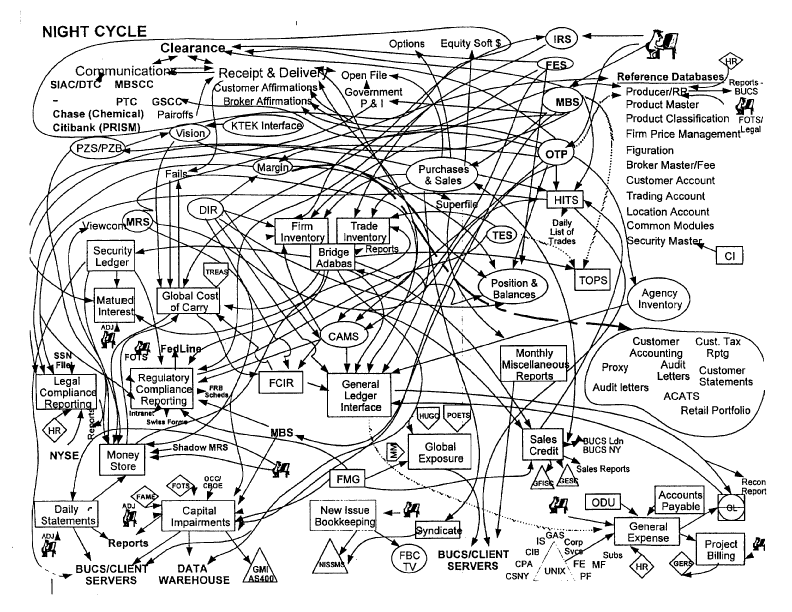
More than just a belief
In a digital age where artificial intelligence (AI) is rapidly becoming integrated into every aspect of society, the question of how to best design and control AI systems is a topic of much discussion and debate. At Aissist.io, we’ve taken a radical approach to this challenge by embracing the concept of “No Rules,” a methodology that departs from traditional rule-based AI systems to unlock a new horizon of possibilities.
Understand that rules have their places. Historically, rules have been an integral part of early AI systems. Programs like IBM’s Watson and Samsung’s Bixby, which I have previously worked with, utilized rule-based frameworks to navigate the complex world of human language and interaction. These systems operated under the premise that by codifying knowledge and behavior into a set of explicit guidelines, the AI would be able to function predictably and effectively within a predefined scope.
However, adherence to rules inherently introduces filters or constraints. While this might create a manageable starting point, these limitations eventually stifle AI’s potential to evolve and handle the unpredictability of real-world scenarios. AI must grapple with long-tail cases—situations that occur infrequently but demand an unexpectedly high level of complexity to resolve. Thus, rules, initially facilitative, morph into barriers to innovation, hampering the AI’s growth with each corner case they fail to accommodate.
Even as I previously worked with graph neural networks—aiming to enhance the expressiveness and flexibility of systems through graphical representations—I encountered the limitations of rule-based structures. These methods provided substantial advancements but were ultimately insufficient in conquering the long-tail challenges AI faces. Experience taught me that we often underestimate the variability and unpredictability of the real world, and thus, overrely on the constructs we understand—rules.
The only path to stronger AI
Another challenge with rule-based systems is scalability. In my earlier experiences, even with thousands of intent developers and millions of data points, these rule-heavily AI assistants struggled to achieve reliability and efficacy. Systems became unwieldy and increasingly complex as the number of rules grew—a problem that compounded when attempting to optimize performance. Optimizing rule-based AIs often meant splitting intents or rules for finer control, but this further complicated the optimization process due to the diminishing distinction between rules.
Reflecting upon these learnings, Aissist.io was born with a foundational principle of operating without rigid rules. This decision may initially strike some as disconcerting; without rules, how can we direct the behavior of AI? Instead of constraining AI with rules, we choose to steer its development through instruction and adaptive learning methodologies.
Our approach at Aissist.io emphasizes the nurturing of an intelligent system that learns dynamically from the data it processes and from its interactions with the environment. By refraining from rules, we encourage our AI to develop an inherent understanding of the context and to respond with a fluidity that reflects genuine human conversation and decision-making.
We draw inspiration from natural learning processes, where structured education is complemented by exploratory learning and adaptation. Similar to how a child learns from the environment without a strict rulebook dictating each action, our AI is encouraged to form connections, identify patterns, and derive insights that aren’t limited by predefined regulations.
In conclusion, at Aissist.io, we’ve taken the bold step of eliminating traditional rules from our AI system to unlock its full potential. By doing so, we aim to develop a more intuitive, adaptive, and robust AI that can seamlessly integrate with the complexity and nuance of human interaction. It’s a venture into the unknown, driven by the belief that the future of AI lies beyond the boundaries of rules—a realm where true intelligence can emerge, unrestricted and unbounded.